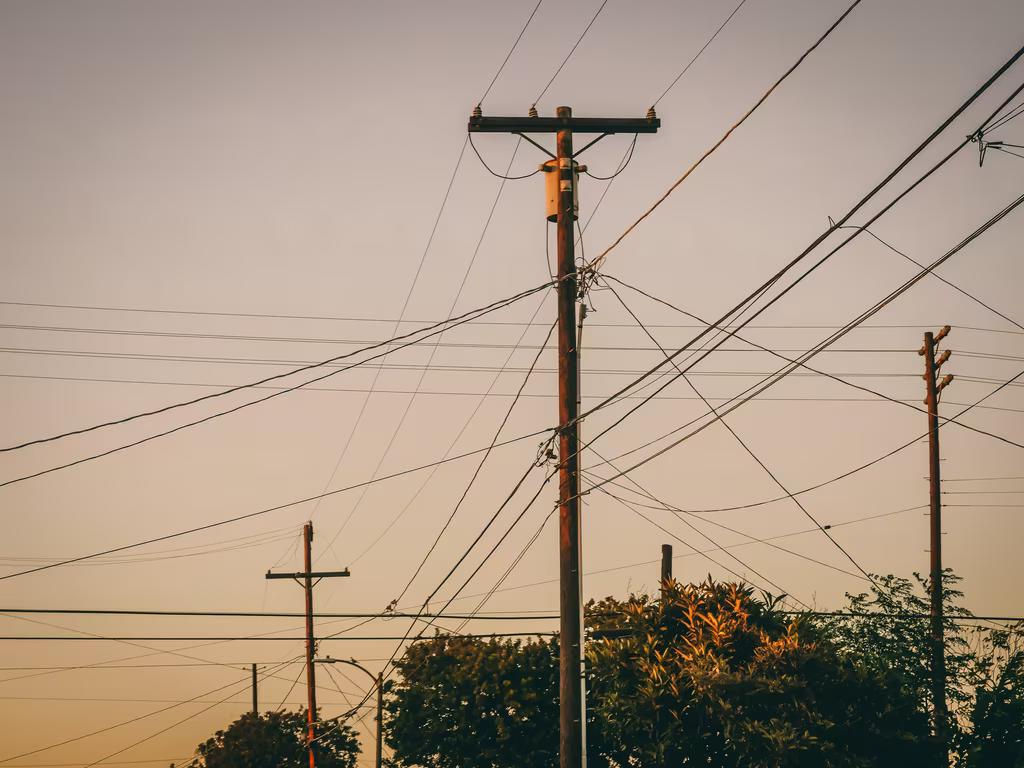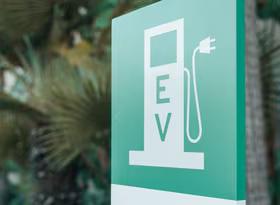
Electricity distributors forecast higher spending
Electricity distributors have published new forecasts of expenditure on capital and network maintenance. These forecasts have resulted in a 33% increase to overall electricity distribution investment over the forecast period compared to prior expectations, worth nearly $4b over the next eight years. The substantial upgrade in expected distribution expenditure equates to a 2.8% increase in our forecasts for overall infrastructure activity over the next eight years.
Distributors expect to spend more
Electricity distributors have published 2023 Asset Management Plans,1 which contain a ten-year forecast of each distributor’s capital expenditure and network operating expenditure. These plans inform our expectations of future infrastructure spending and are one source used in the Infometrics Infrastructure Pipeline, which we have just refreshed with new data.
Collectively, electricity distributors expect to spend an additional $357m on network maintenance between the years ended June 2024 and 2031, compared to the 2022 Asset Management Plans – a 13% increase.
However, the major driver of higher spending expectations is due to higher forecasts for capital expenditure. Electricity distributors expect to spend an additional $3.6b on capital between the years ended June 2024 and 2031, compared to the 2022 Asset Management Plans. The new capital expenditure forecasts represent a 39% increase from the 2022 Plans, resulting in a substantial upgrade from previous expectations (see Chart 1).
The vast majority of increases are driven by the expectations of four distributors
Four electricity distributors have forecast substantial increases to their capital expenditure forecasts, which is responsible for 87% of the overall $3.6b increase. Orion made the largest increase to their expectations for capital expenditure, forecasting nearly $1.2b in additional capital spending between the years ended June 2024 and 2031, compared to their 2022 Asset Management Plan. Vector, Powerco, and Wellington Electricity also made major upgrades of $839m, $575m, and $567m to their capital expenditure forecasts over the same period.
The substantial uplift in investment intentions is driven by climate change requirements, higher energy demand, and network resilience. The Emissions Reduction Plan charts a pathway forward with fewer gas connections and fewer internal combustion engine cars. Increasing demand for electricity across the country to replace these transport and energy options requires more capacity to move power.
Wellington Electricity has noted that by 2050 it expects the distribution network will be double its current size but doing three times the amount of work – hence the investment scale.
Increasing resilience is also a factor in the higher investments track, to ensure greater capacity into different parts of the country.
Overall changes to expectations for infrastructure activity
The new forecasts from electricity distributors lift overall expectations for infrastructure activity by 2.8% between the years ended June 2024 and 2031, from the previous update of the Infrastructure Pipeline Profile in March. More minor changes to our expectations for future irrigation and electricity generation infrastructure activity also contributed to a larger forecast for infrastructure activity. Overall, future activity in the Infrastructure Pipeline Profile is 3.6% larger compared to when it was last updated in March 2023, with around $150b in infrastructure to be built over the next eight years.
The Infometrics Infrastructure Pipeline Profile (IPP) provides a breakdown of planned infrastructure spending by region and type over the next 1-10 years. The IPP is regularly updated to reflect the changing outlook for infrastructure activity in New Zealand.
1 Three distributors have not yet released 2023 Asset Management Plans due to Cyclone Gabrielle, therefore their forecasts are unchanged from last year at this stage.






















